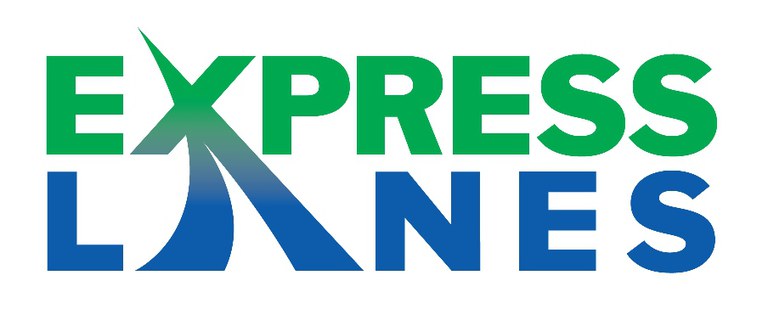Express Lanes

Understanding & Using Express Lanes
Improving roadways is critical to meeting the transportation needs of Colorado, one of the top five fastest-growing states in the country.
Using Express Lanes is easy and provides travelers more reliable, predictable travel times. Travelers are never forced to pay a toll.
Express Lanes Safety Tips
- Speed limits apply to the Express Lanes as well as the general purpose lanes. Motorists should not exceed the posted speed limits when using the Express Lanes.
- Express Lanes should be entered and exited through the dashed line only. Weaving in and out of the Express Lanes and crossing the double white line will result in a civil penalty and a fine as part of the Safety Enforcement Program.
- Express Lanes should never be used as a passing lane. Express Lanes are offered next to the free general purpose lanes to provide drivers with a choice and an option of reliable travel time, but it’s not safe to use Express Lanes as a passing lane.
Where Express Lanes Are, Where They'll Be
Express Lanes Under Construction
Express Lanes Open
Questions
Do you have questions about your ExpressToll account?
Please call ExpressToll Customer Service at 303-537-3470, or 1-888-946-3470.

